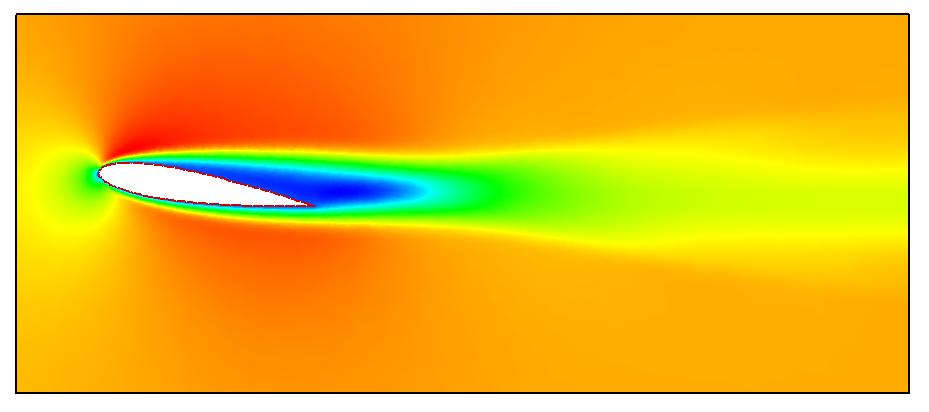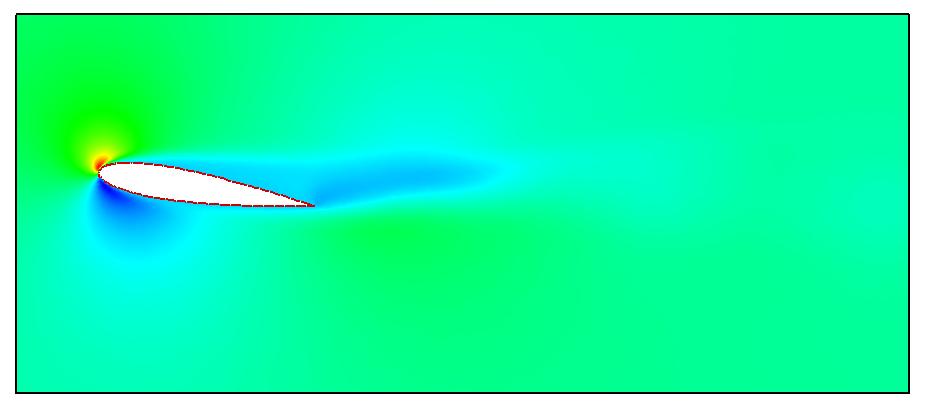











Dr. Goodarz Ahmadi
Director, TMFL
Clarkson U.
Potsdam, NY 13699
315-268-2322
ahmadi@clarkson.edu
|
Reduced order modeling
First mode of axial and normal velocities.
Second mode of axial and normal velocities. The numerical simulation of the Navier-Stokes Equations (NSE) requires enormous computational resources. Even with the improvements in the speed of computers, it is still basically impossible to solve most practical flow problems accurately and even more difficult to do this in real time. The main difficulty is the large number of degrees of freedom needed to resolve all of the flow features. In order to obtain real-time solutions, which are often needed for flow control problems, one solution is reduced order modeling (ROM). The idea of reduced order modeling is to perform detailed, time consuming simulations ahead of time, then use this information to generate a predictive and fast model which can be used for real-time prediction of the response of a system to some time varying input. Among the various ROM techniques, here we examine proper orthogonal decomposition (POD) based reduced order modeling. Reduced-order modeling (ROM) of steady and transient fluid flows using the proper orthogonal decomposition (POD) is being studied. Particular attention is given to incompressible, unsteady flow over a two-dimensional NACA0015 airfoil. When the flow sheds vortices, constant blowing or transient sinusoidal through a jet is imposed. The study on the three steps of POD reduced order models (Quality and quantity of modes, temporal intervals used to generate modes and developing ROD methods for transient flows) is undergone. Funded by United States Air Force
|




